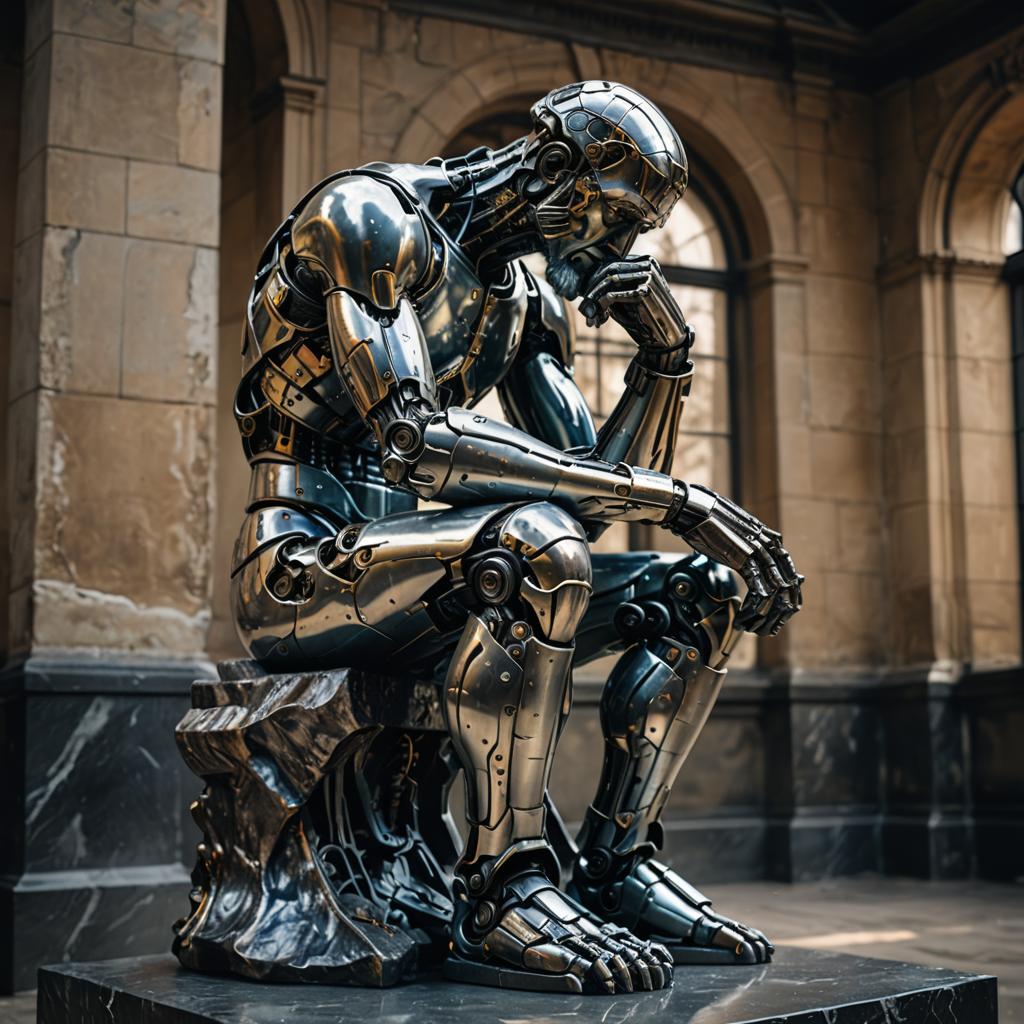The intersection of Artificial Intelligence (AI) and robotics is witnessing transformative changes, redefining possibilities across various sectors. With the integration of advanced AI technologies, the capabilities of robots are expanding beyond traditional boundaries, promising new levels of efficiency, adaptability, and intelligence. This article delves into the ongoing revolution, exploring how AI is reshaping robotics, highlighting the latest trends, key players, and potential impacts across industries.
Overview of AI in Robotics
AI in robotics amalgamates machine learning, computer vision, and big data analytics to create systems that can learn, adapt, and act independently. Historically, robots were programmed for specific tasks; however, recent advancements have enabled them to understand and interact with their environment in unprecedented ways. This evolution from automated machines to intelligent agents is pivotal as robots become more integrated into daily operations across various fields.
2024 Trends in AI and Robotics
This year has marked significant progress in the field of AI-driven robotics. Key trends include the rise of collaborative robots (cobots) in sectors like healthcare and retail, and the development of mobile manipulators that assist in logistics and supply chain tasks. Furthermore, there’s a shift towards smaller, more efficient AI models that promise to streamline the integration process and reduce operational costs. These trends underscore a move towards more sustainable, adaptable, and user-friendly robotics systems.
Key Players Shaping the Future
The landscape of AI robotics is not just shaped by technology but also by key players who drive innovation. Companies like ABB are at the forefront, pushing the boundaries of robotic capabilities with new levels of autonomy and efficiency. These industry leaders, along with burgeoning startups, are crucial in propelling the adoption of advanced robotics solutions across markets.
Impact on Various Industries
The integration of AI into robotics is revolutionizing multiple sectors. In manufacturing, robots increase production rates and efficiency, while in healthcare, they assist in surgeries and patient care, ensuring precision and improved outcomes. Similarly, in agriculture, AI-driven robots contribute to sustainable practices by optimizing resource use and reducing waste. These applications not only demonstrate the versatility of AI robotics but also its role in enhancing productivity and innovation.
Challenges and Ethical Considerations
Despite the promising advancements, the fusion of AI and robotics presents significant challenges, including job displacement and ethical concerns regarding surveillance and decision-making. Addressing these issues requires a balanced approach involving policy regulations, ethical guidelines, and continuous dialogue among stakeholders to ensure technology serves the greater good without compromising human values.
The Future Outlook
Looking ahead, the trajectory of AI in robotics suggests even greater integration into everyday life and work. Predictions for the next decade include robots with enhanced cognitive capabilities and greater autonomy, suggesting a future where human-robot collaboration becomes seamless. As these technologies continue to evolve, they hold the potential to redefine what is possible, making the future of robotics an exciting realm to watch.
For professionals and businesses, staying abreast of these advancements is crucial. Engaging with ongoing education and considering the adoption of AI-driven robotics can provide a competitive edge. Meanwhile, policymakers must craft regulations that nurture innovation while ensuring safety and ethical standards.
In conclusion, the AI revolution in robotics is set to transform industries, redefine roles, and create new opportunities. By embracing these changes, stakeholders can leverage the benefits of AI robotics to foster growth, efficiency, and innovation.


